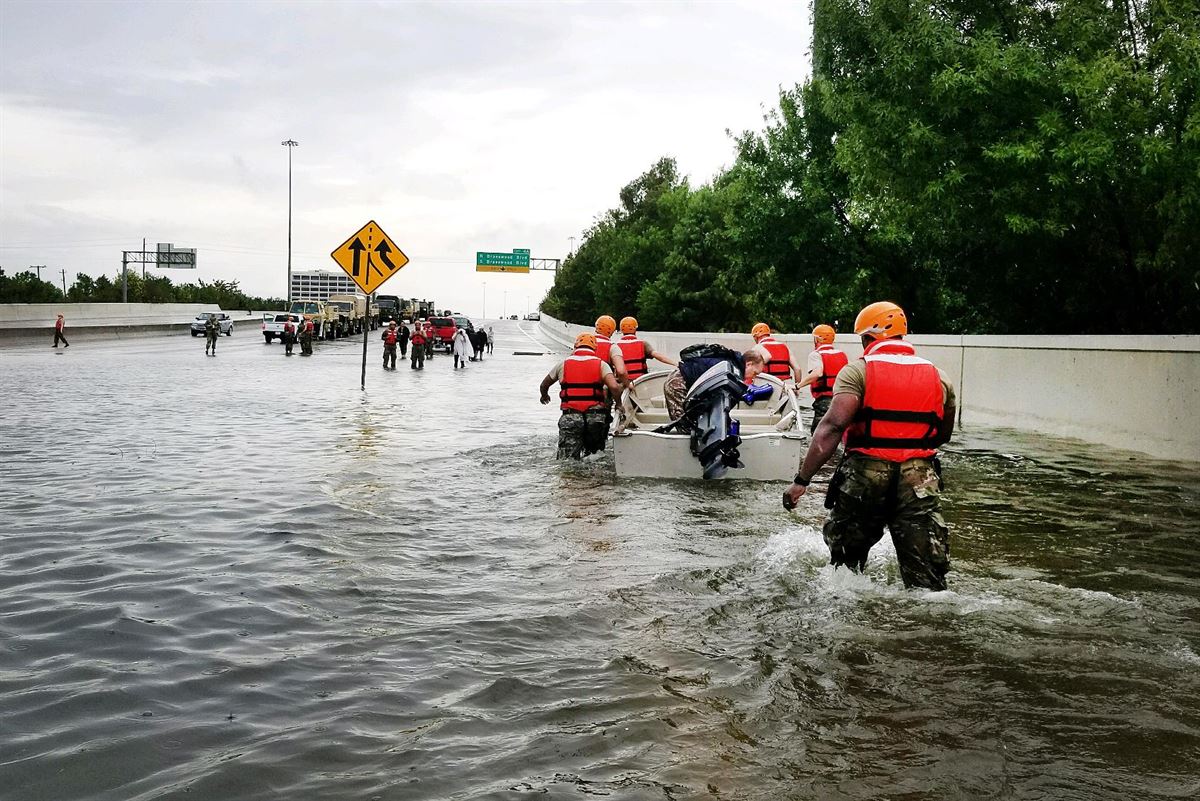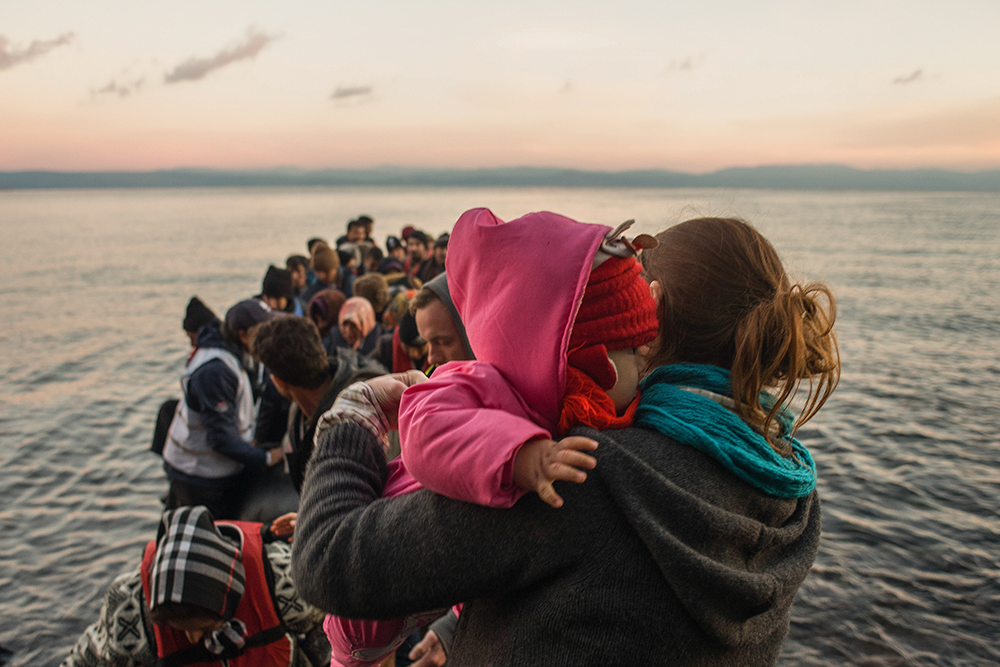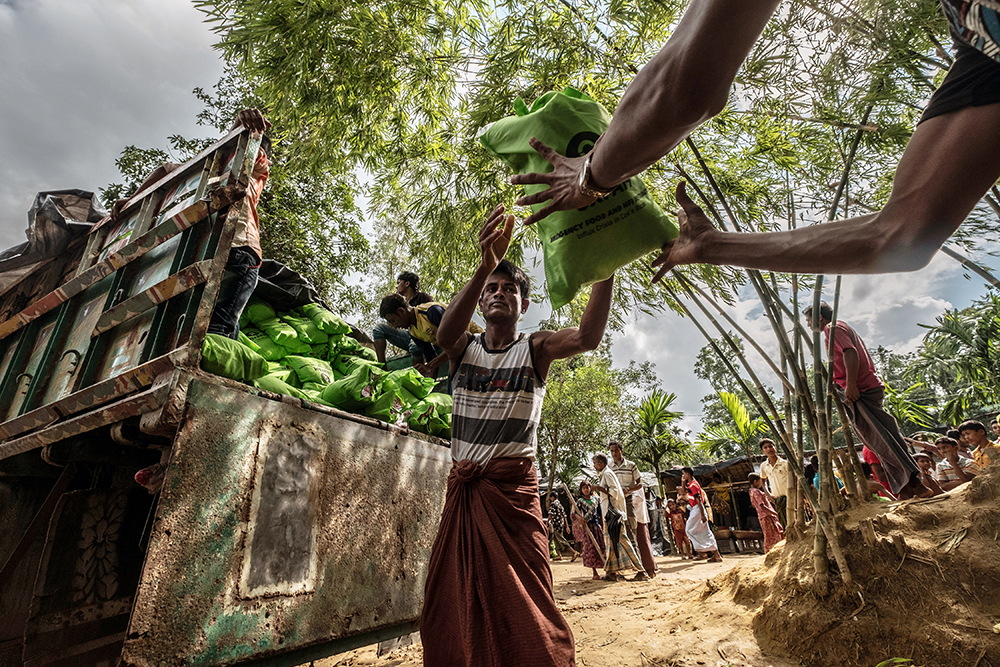Where to begin, how to help—and what to avoid
In the wake of major disasters, the human spirit mobilizes many of us to do something. The images of the devastation can be heartbreaking, prompting us to ask, “How Can I Help?” The most effective way is to donate money to organizations on the ground working to provide relief and help affected communities rebuild.
After a disaster, many of us feel moved to help by collecting food, water, or clothing. Unless donors are coordinating efforts through platforms like Needs List, which matches specific needs of NGOs in nine countries to donors and local suppliers, in-kind donations can complicate logistics, creating added transportation costs and using up volunteer time moving and storing goods that aren’t a priority. In 2004, for example, following the Indian Ocean tsunami, a beach in Indonesia was filled with clothing donations. Disaster workers didn’t have time to sort and clean the old clothes, so the contributions rotted away, eventually becoming toxic and requiring additional aid to clear away.
That’s why donating money is more effective. Different disasters bring different needs. The only thing for certain is that needs vary by crisis, and are continuously changing. Financial donations allow nonprofits on the ground to respond to those needs as they emerge and evolve.
Communities typically go through different phases of a disaster. While media and donor attention is highest early on, needs remain long after the camera crews are gone. Funding to nonprofits is needed well beyond the initial phase and offers a huge opportunity for donors looking to make a greater impact.
Click below to learn about the humanitarian responses to three major world disasters, with examples of nonprofits that are working to address both immediate and longer-term needs.
Phases of Disaster Relief
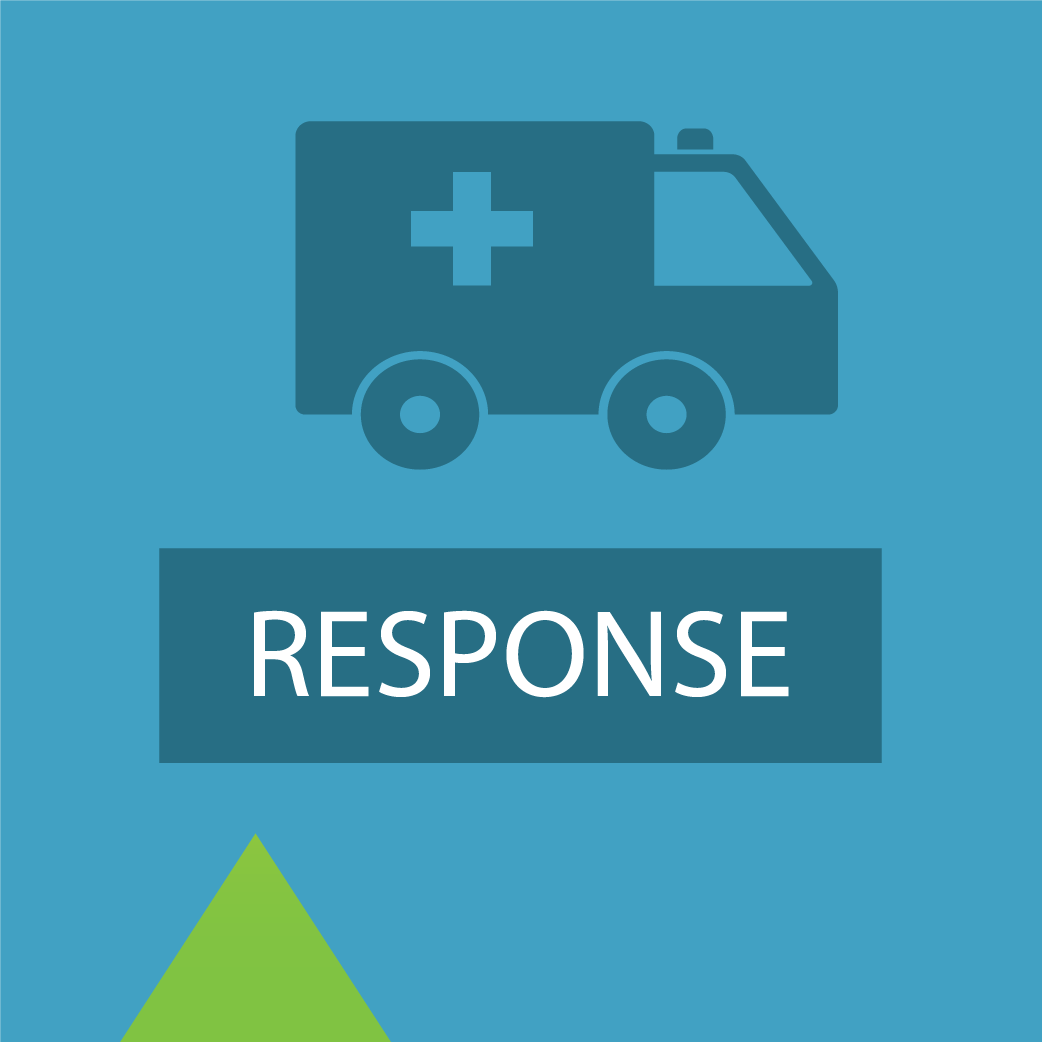
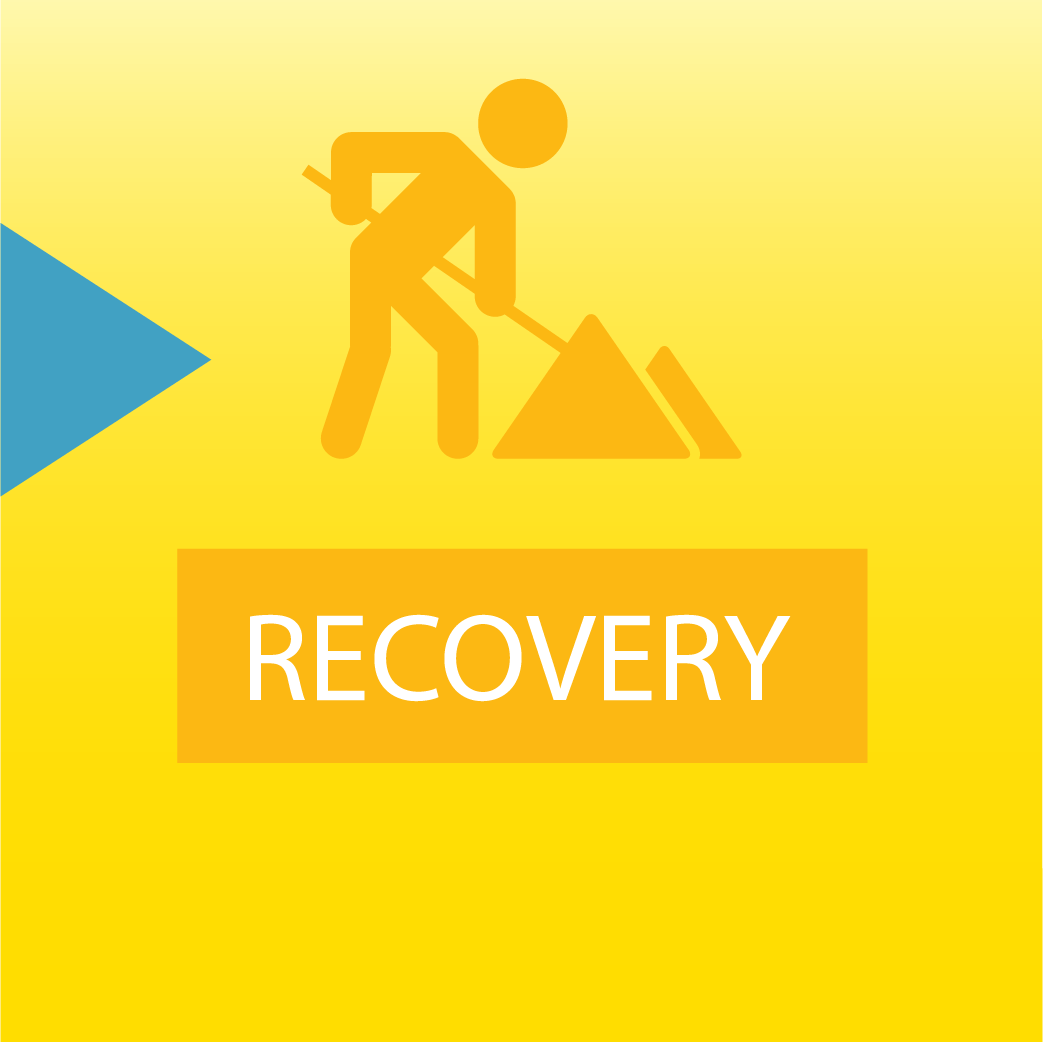
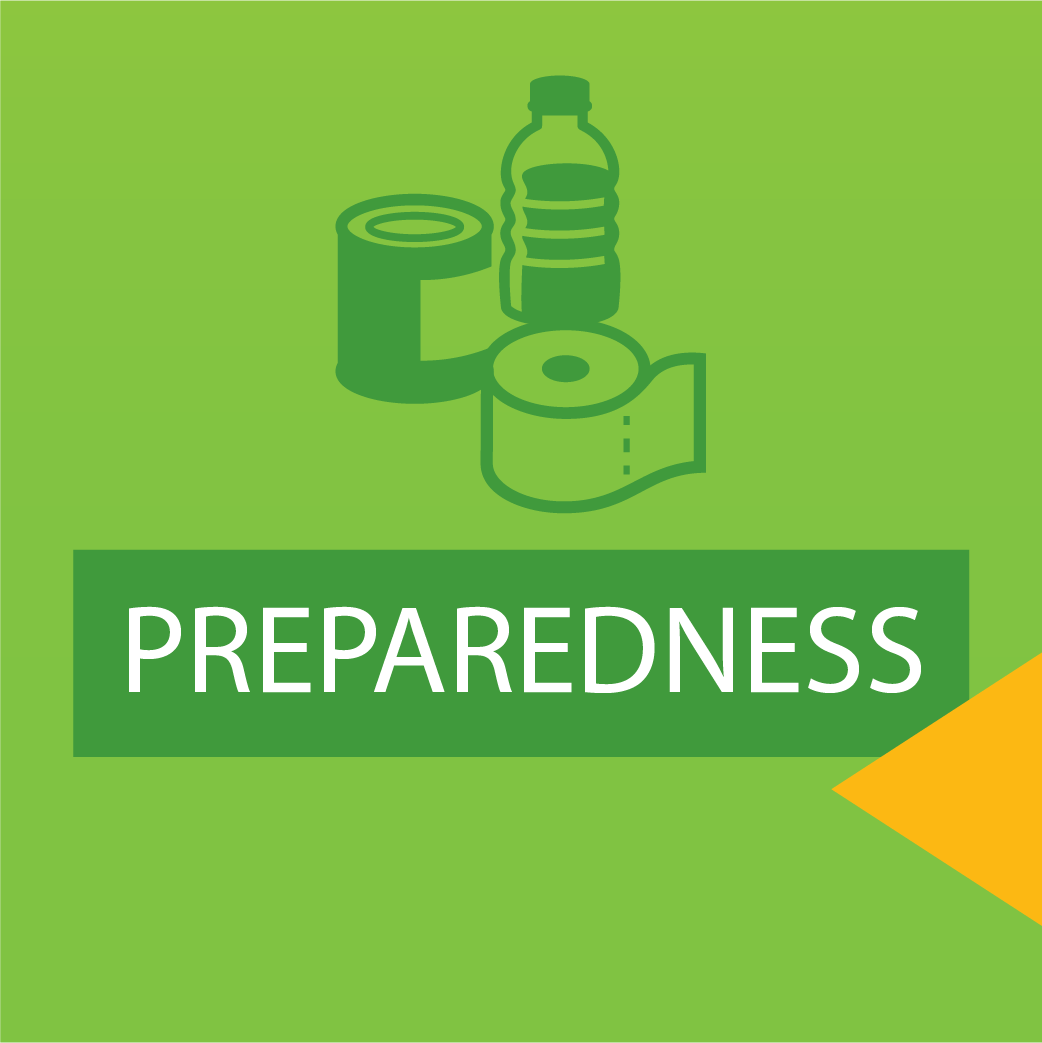
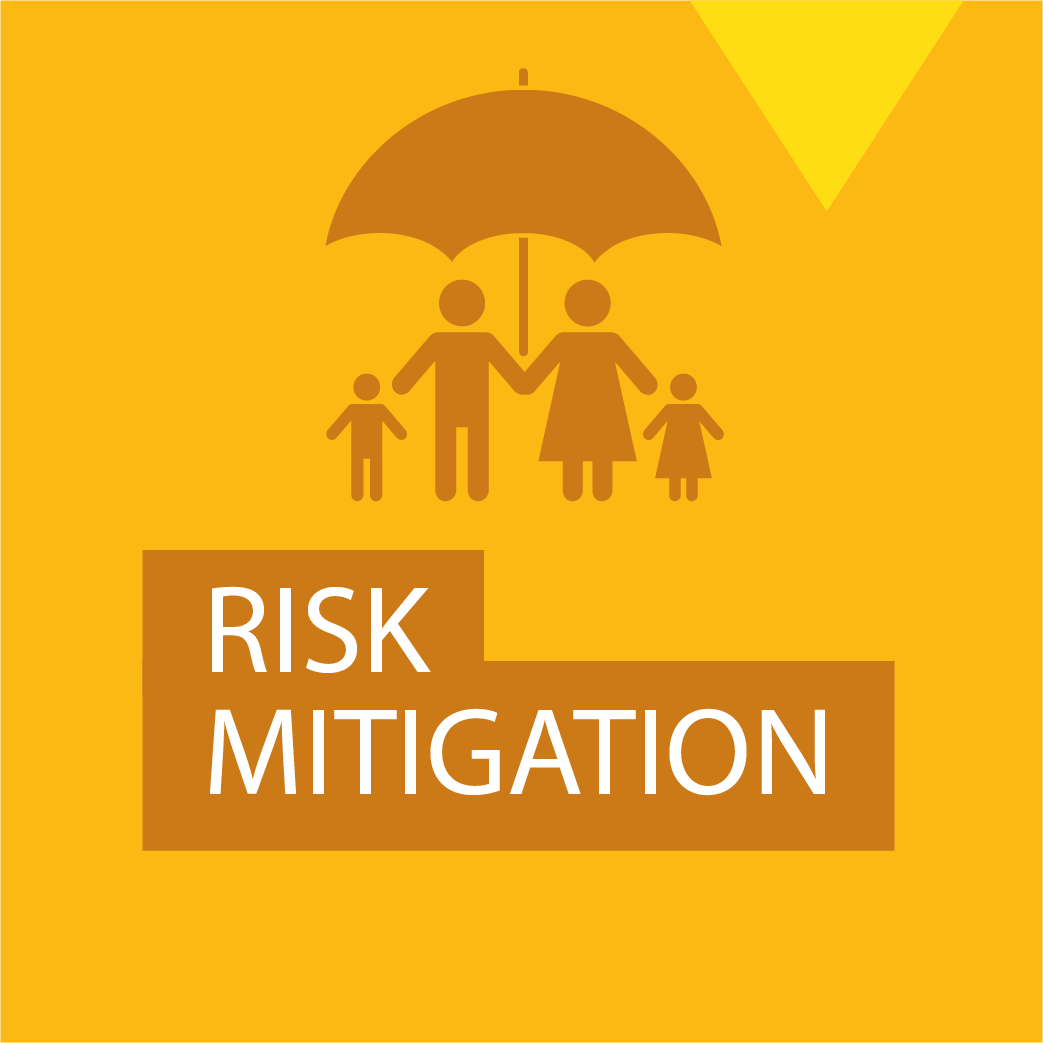
Click each phase for more detail.
Disaster Relief Accountability
Keeping track of organizations and their effectiveness is challenging, especially since the chaos of disasters can invite corruption or misuse of donor funds. Three nonprofit organizations that can help include: Accountability Lab, the Disaster Accountability Project, and Center for Disaster Philanthropy.
- Accountability Lab partners with local NGOs around the world to promote greater accountability and responsiveness of government and other institutions. After the Nepal earthquake, for example, Accountability Lab partners set up citizen “help desks” to coordinate relief efforts and serve as a conduit for on-the-ground information about what was and was not working.
- The Disaster Accountability Project (DAP) has various reports investigating the effectiveness of agencies operating in a range of locations, including Haiti, Nepal, and New York after Superstorm Sandy. DAP also offers resources such as the Disaster Policy Wiki, which has more than 1,000 post-disaster relief policy recommendations to improve management systems. And DAP’s Relief Oversight Initiative focuses on improving the transparency of the humanitarian aid community.
- The Center for Disaster Philanthropy tracks and provides information on various disasters, helps foundations and corporations come up with strategies for their disaster-related giving, and creates pooled funds for which they help vet grantees and which can be used flexibly to respond to changing conditions on the ground.

